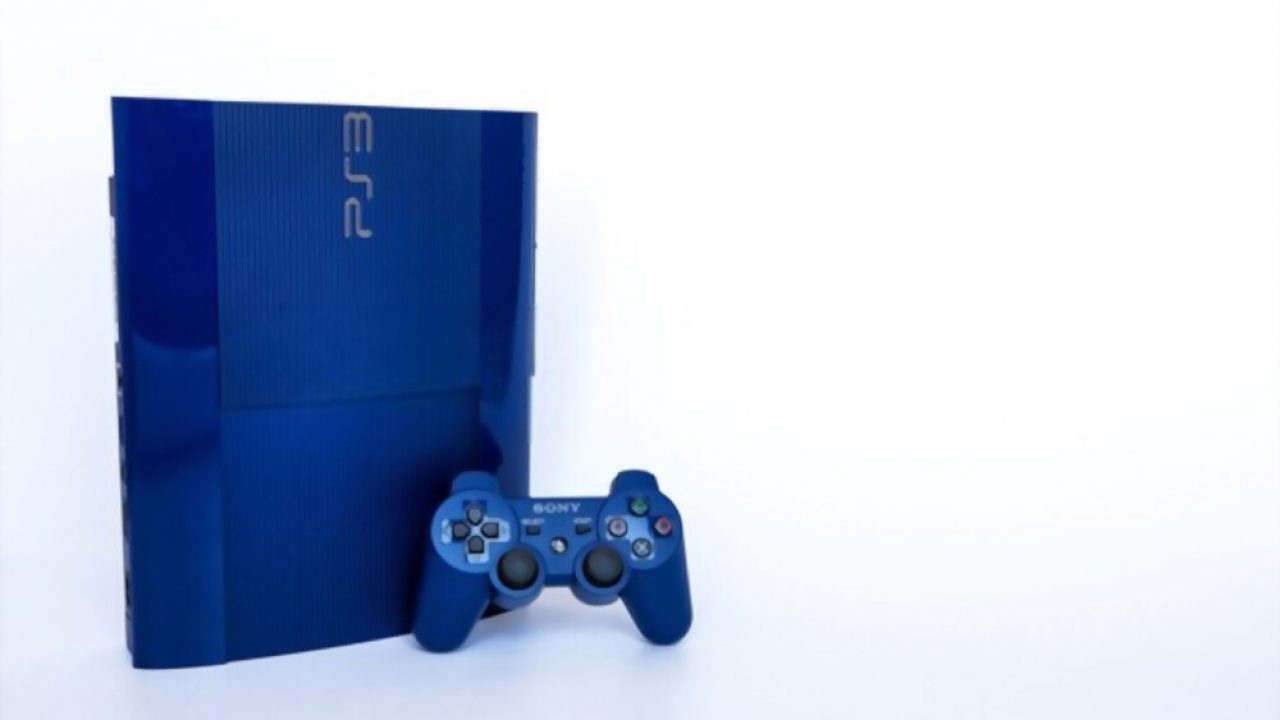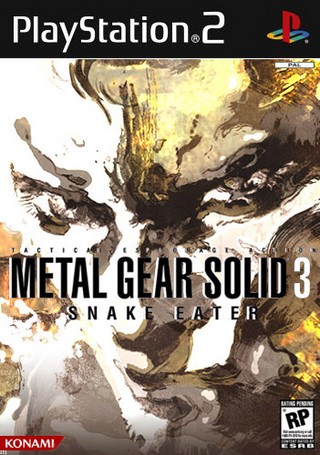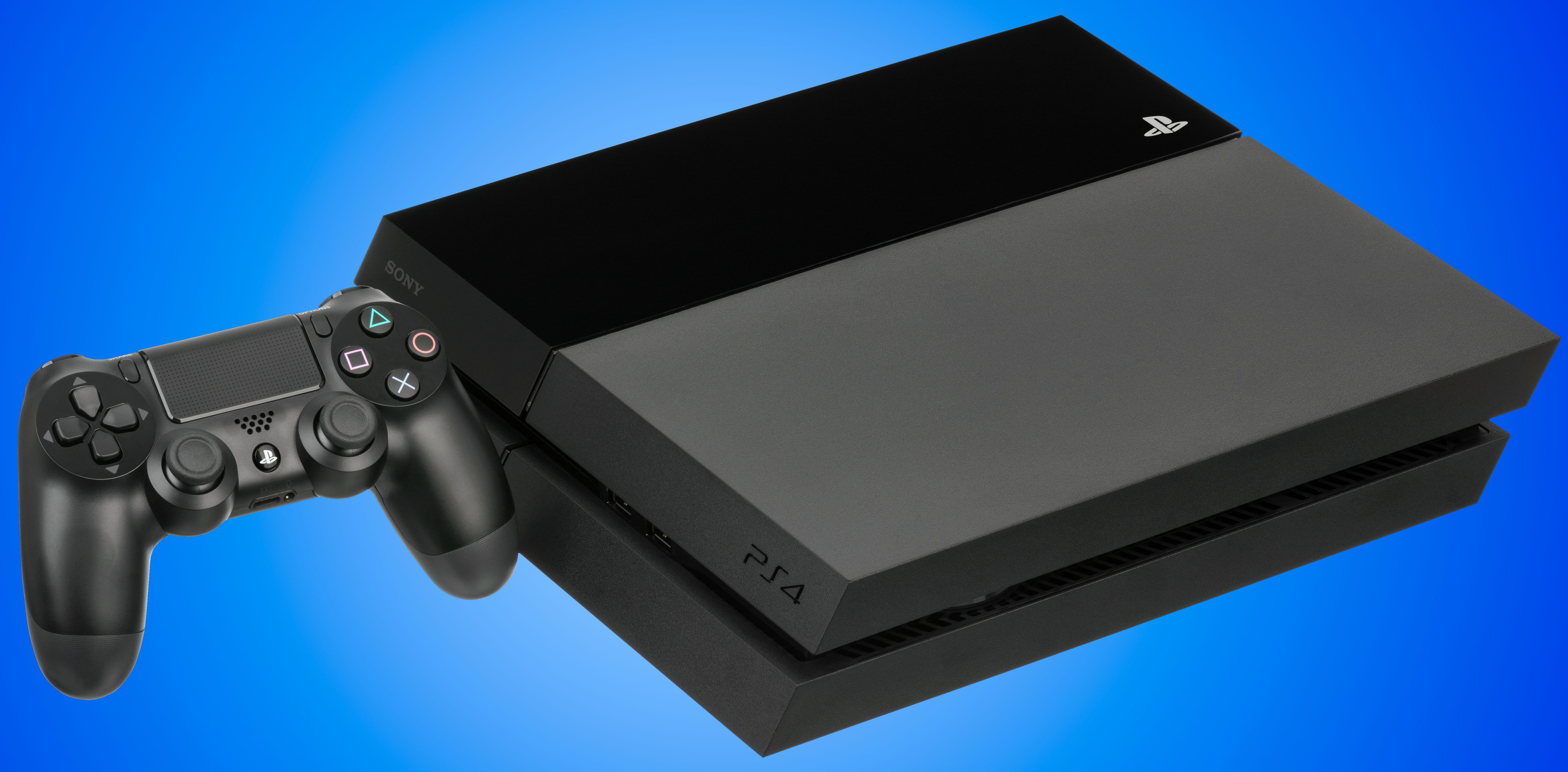

The prototype was reportedly left behind by former Sony Computer Entertainment CEO Ólafur Jóhann Ólafsson during his time at Advanta. In November 2015, it was reported that one of the original "Nintendo PlayStation" prototypes had been found. Ī photo of the only known SNES-based PlayStation prototype The two organizations never repaired the rift between them and by the next year, Sony had dropped further development of the Super NES CD-ROM, and instead refocused its efforts on developing its own console for the next generation of consoles which became known as the PlayStation. In 1992, a deal was reached allowing Sony to produce SNES-compatible hardware, with Nintendo retaining control and profit over the games.
#CD I EMULATOR FOR PS3 SOFTWARE#
While Nintendo and Sony attempted to sort out their differences, between two and three hundred prototypes of the PlayStation were created, and software for the system was being developed. The next day, Nintendo revealed its partnership with Philips at the show-a surprise to the entire audience, including Sony. As described by David Sheff in his book Game Over, “ was meant to do two things at once: give Nintendo back its stranglehold on software and gracefully fuck Sony." At the June 1991 Consumer Electronics Show, Sony announced its SNES-compatible cartridge/CD console, the "PlayStation". So in order to counter the proposed agreement, Yamauchi sent Nintendo of America president Minoru Arakawa (his son-in-law) and executive Howard Lincoln to the Netherlands to negotiate a more favorable contract with Philips. Philips was also one of Sony's biggest rivals in the entire industry.

Furthermore, Yamauchi started to see a more favorable partner in Philips. Nintendo president Hiroshi Yamauchi was already wary of Sony at this point and deemed it unacceptable, as Sony was the sole provider of the audio chip, the S-SMP, used in the SNES and required developers to pay for an expensive development tool from Sony. Further, Sony would also be the sole benefactor of licensing related to music and movies software that it had been aggressively pursuing as a secondary application. Under their agreement, Sony would develop and retain control over the Super Disc format, with Nintendo thus effectively ceding a large amount of control of software licensing to Sony. The system was to be compatible with existing SNES titles as well as titles released for the Super Disc format. ĭevelopment of the format started in 1988, when Nintendo signed a contract with Sony to produce a CD-ROM add-on for the SNES. The success of the project spurred Nintendo to enter into a partnership with Sony to develop both a CD-ROM add-on for the Super NES and a Sony-branded console that would play both SNES cartridges, as well as games released for the new Super Disc format. As Sony was uninterested in the video game business, most of his superiors did not approve of the project, but Kutaragi found support in Sony executive Norio Ohga and the project was allowed to continue.

Kutaragi secretly developed the chip, the Sony SPC 700. He took on a contract at Sony for developing hardware that would drive the audio subsystem of Nintendo's next console, the Super NES. Sony engineer Ken Kutaragi became interested in working with video games after seeing his daughter play games on Nintendo's Famicom video game console. Recreation of a Super Disc logo used from 1991 until 1993 Sony independently furthered its developments into their own stand-alone console, which ended up inheriting the PlayStation name and would serve as the chief competitor of the Super NES's cartridge-based successor, the Nintendo 64. Another partnership with Philips yielded a few Nintendo-themed games for the CD-i platform instead of the SNES-CD. The platform was planned to be launched as an add-on for the standard SNES, as well as a hybrid console by Sony called the PlayStation (nicknamed the "Nintendo PlayStation" to distinguish it from the later Sony console of the same name) similar to Sharp's Twin Famicom and NEC's TurboDuo. The SNES-CD platform was developed in a partnership between Nintendo and Sony. The add-on built upon the functionality of the cartridge-based SNES by adding support for a CD-ROM-based format known as Super Disc. The Super NES CD-ROM System (commonly shortened as the SNES-CD), known as Super Famicom CD-ROM Adapter in Japan, is an unreleased video game peripheral for the Super Nintendo Entertainment System (SNES). Super Famicom CD-ROM Adapter, Nintendo PlayStation


 0 kommentar(er)
0 kommentar(er)
